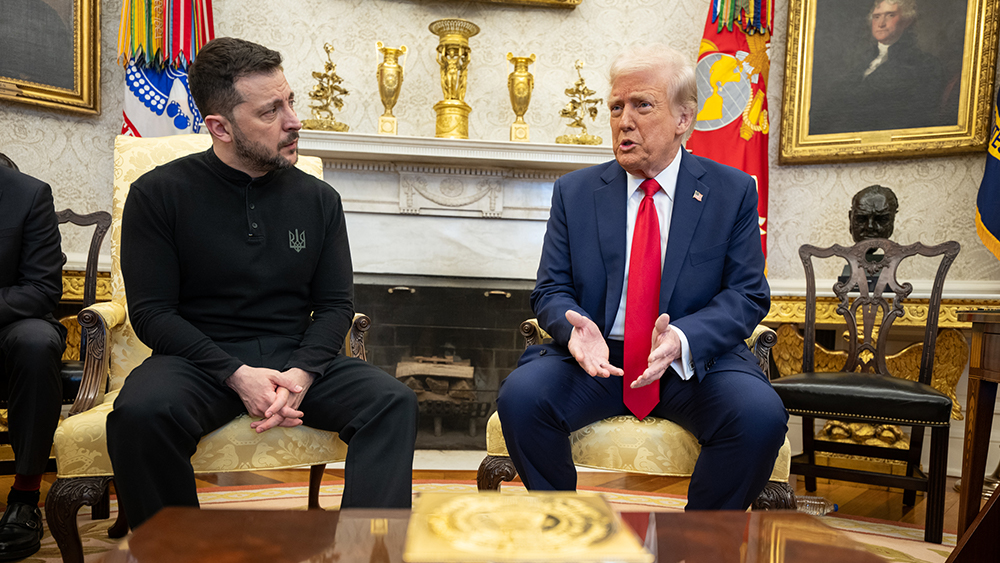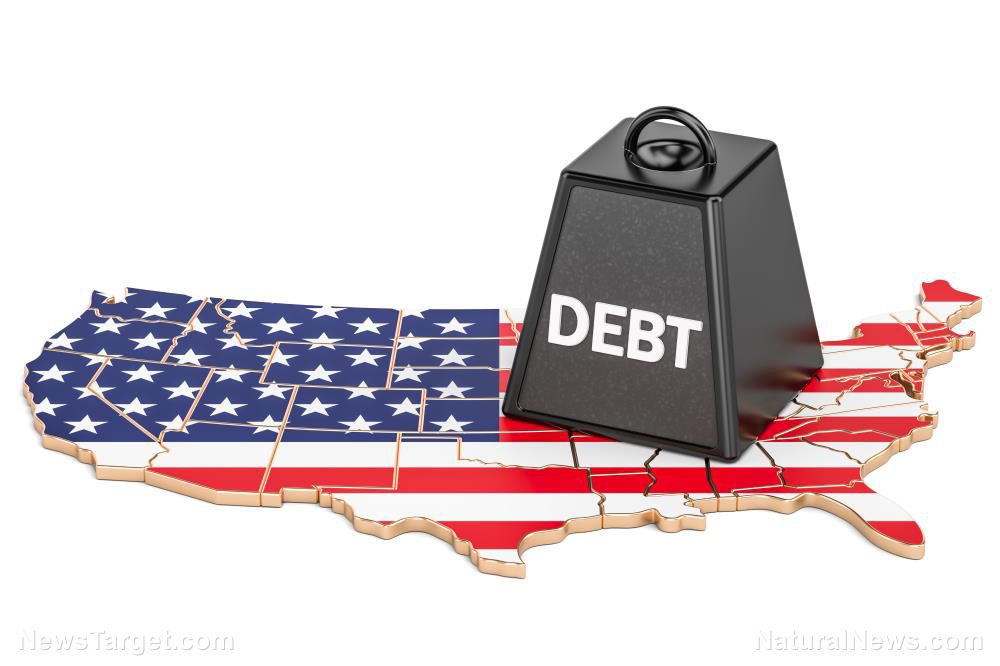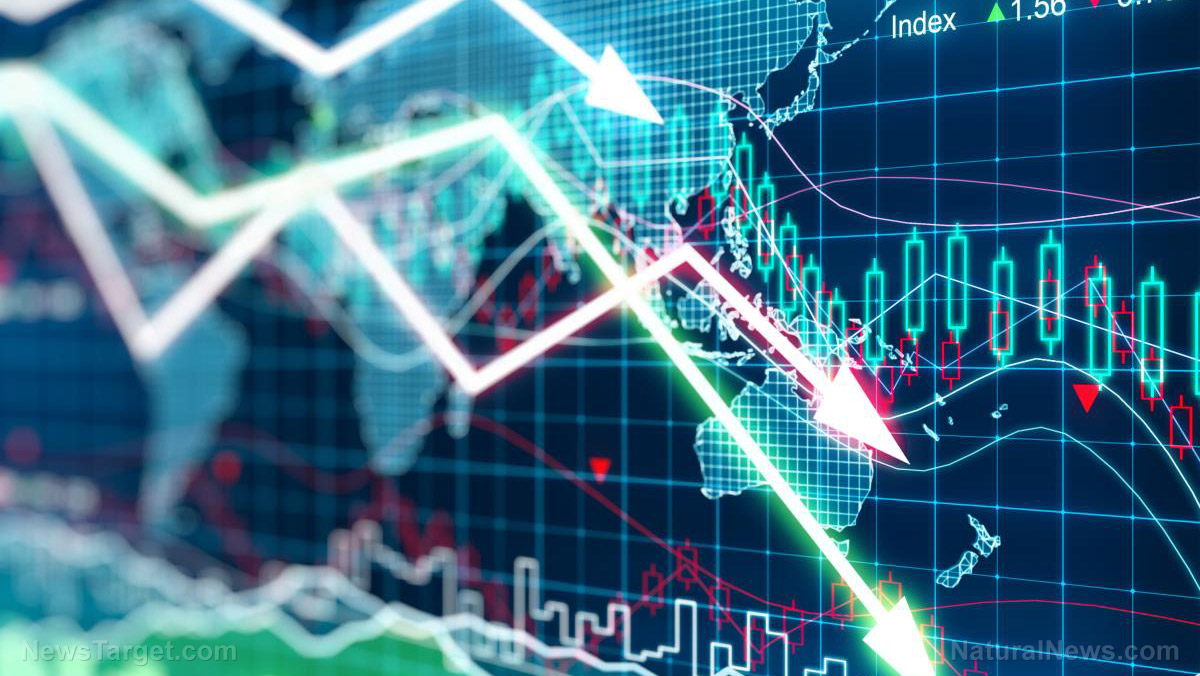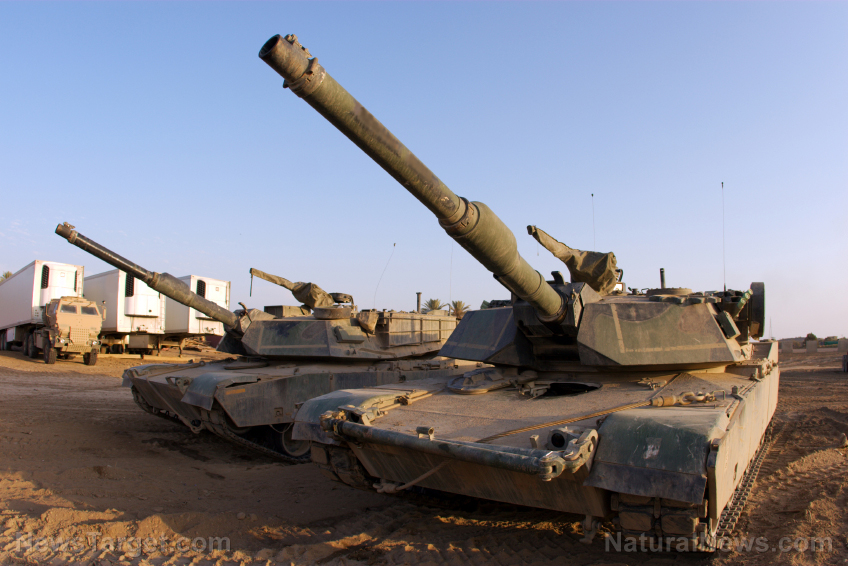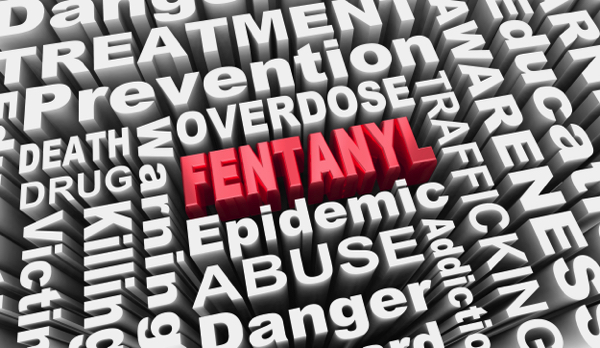 Parler
Parler Gab
Gab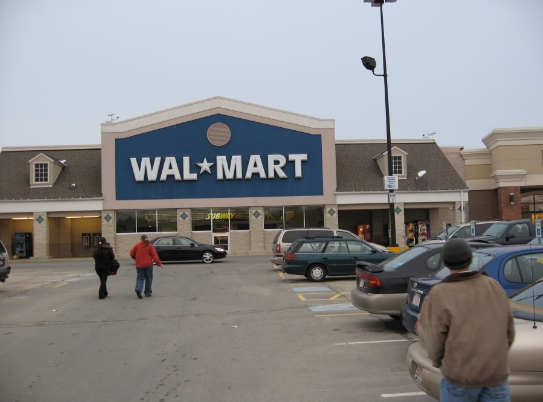
- President Donald Trump met with major retailers like Walmart, Target, Home Depot and Lowe’s at the White House to address concerns over escalating tariffs on Chinese imports, which threaten to raise consumer prices and squeeze retail profits.
- These retailers, who import over half of their goods from China, are facing significant financial strain due to the new tariffs, with some experiencing double-digit stock declines and warnings of increased prices for consumers.
- The Trump administration argues that the tariffs are necessary to combat China's unfair trade practices and force negotiations, despite concerns from retailers about the potential negative impact on the economy and supply chains.
- The current tariff strategy is part of a broader U.S. trade policy aimed at rebalancing global trade, with past examples including the renegotiation of NAFTA and tariffs on steel and aluminum, though the current approach is more aggressive.
- The meeting ended without immediate tariff adjustments, leaving retailers in a state of uncertainty. The outcome could lead to either negotiated solutions with China or continued market volatility and economic challenges for businesses and consumers.
Retail giants push back as tariffs erode profits, threaten prices
Walmart, Target, Home Depot and Lowe’s—collectively responsible for nearly $630 billion in annual sales—source more than half their imports from China. The new tariffs, part of Trump’s “Liberation Day” policy announced on April 2, target what the administration calls the Chinese Communist Party’s predatory practices, including intellectual property theft and currency manipulation. While the White House paused tariffs on most countries for 90 days, China faces a full implementation of duties as high as 245%, a move intended to force Beijing to the negotiating table. Retail executives voiced concerns that costs would inevitably be passed to consumers. Walmart CFO John David Rainey had warned during the Trump campaign, “the retail giant would have to raise prices if tariffs were imposed.” His prediction now materializes: Target shares have already dropped 32% in 2025, while Home Depot and Lowe’s faced double-digit declines. Walmart’s stock edged up less than 2%, but executives stressed margin pressures could grow. “The problem isn’t just China—it’s managing this chaos,” said a manufacturing executive briefed on the meeting, noting disrupted supply chains. Companies like Target and Walmart described the discussion as “productive” and “constructive,” but emphasized the need for clarity on tariffs’ duration and scope.A precedent of trade policy rebalancing
The White House’s aggressive tariff strategy builds on years of U.S. economic initiatives targeting global imbalances. Under Trump’s first term, tariffs on steel and aluminum became a hallmark of his “America First” trade strategy. More recently, the renegotiation of NAFTA (now USMCA) highlighted the administration’s preference for bilateral agreements over multilateral pacts. The 245% duty on Chinese goods represents a quantum leap, however. Officials argue it aims to dismantle what they call China’s state-backed mercantilism, mirroring concerns raised in his 2017 National Security Strategy. “The goal is fair trade, not just lower prices,” Treasury Secretary Scott Bessent said. Commerce Secretary Howard Lutnick added, “This isn’t a threat—it’s a dialogue starter.” Yet the pace rivals past protectionist eras. In the 1980s, Reagan-era tariffs on Japanese cars spurred retaliatory measures, but today’s stakes are global. Analysts note parallels to Smoot-Hawley tariffs in the 1930s; while economist responses are mixed, the immediate pain is unequaled since the 2009 Global Financial Crisis.Markets in flux as trade volatility sparks economic concerns
Financial markets reacted with volatility as fears of inflated prices and slower commerce swept in. The S&P 500 fell 1.2% Monday morning, while the dollar dipped 0.5%. Investors also eyed Federal Reserve Chair Jerome Powell’s refusal to cut rates, antagonizing a White House that accuses him of stifling growth. Retailers fear a toxic cycle: higher costs strain profits, reduced expansion drags on revenue and shoppers cut spending amid inflation. “This isn’t just about China; it’s about every port, every store, every shelf,” a senior Home Depot executive said. Trump, however, remains defiant. At a press briefing, he vowed, “[China] will negotiate—because if they don’t, the tariffs stay. A deal they like, or a deal we like. Either way, America wins.”The road ahead—dialogue, but no certainty
As Monday’s meeting concluded without immediate tariff adjustments, the showdown between economic diplomacy and corporate survival remains unresolved. Analysts see two paths: One leads to bargain table breakthroughs with Beijing, stabilizing imports and preserving jobs. The other risks persistent market anxiety, higher consumer costs and further stock declines. The Trump administration’s mantra—“protecting American workers”—clashes with retailers’ need for affordable supplies. With China reportedly engaging in preliminary talks and Japan as a potential trade partner, the next 90 days could reshape global commerce. For now, retailers brace for impact. “We’ve survived hurricanes and recessions,” said a Target spokesperson. “But tariffs? This is the storm we helped him create.” In an era where Main Street collides with White House strategy, the stakes are high for an administration whose trade legacy may hinge on this unresolved battle. Sources include: YourNews.com Newslooks.com AInvest.comUkraine agrees to 50-50 resource split with U.S. in $120B aid repayment minerals deal
By Cassie B. // Share
Get your money out of the banks: A call to action amid financial uncertainty
By Willow Tohi // Share
Buy Now, Pay Later: A growing trend for groceries amid economic uncertainty
By Willow Tohi // Share
U.S.-China trade clash sparks looming supply crisis and potential recession
By Willow Tohi // Share
Trump cracks down on sanctuary cities as leftist mayors protect criminal illegal aliens
By Cassie B. // Share
Governments continue to obscure COVID-19 vaccine data amid rising concerns over excess deaths
By patricklewis // Share
Tech giant Microsoft backs EXTINCTION with its support of carbon capture programs
By ramontomeydw // Share
Germany to resume arms exports to Israel despite repeated ceasefire violations
By isabelle // Share
